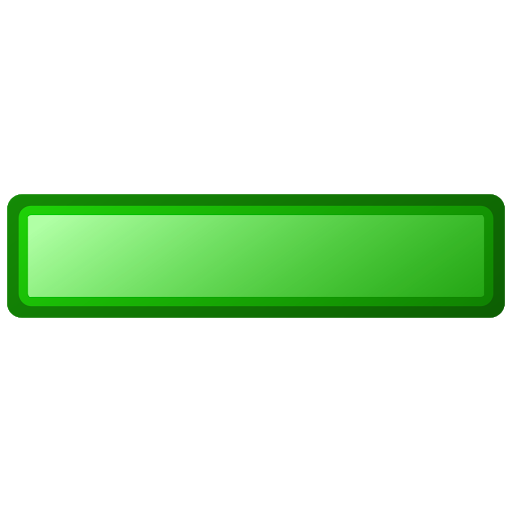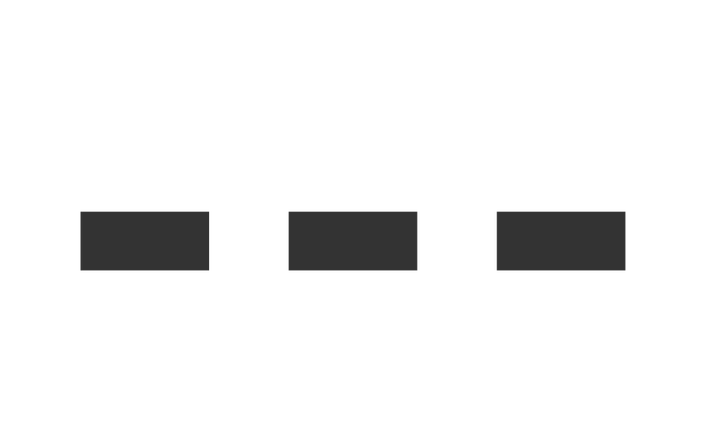Download top and best high-quality free Hyphen PNG Transparent Images backgrounds available in various sizes. To view the full PNG size resolution click on any of the below image thumbnail.
License Info: Creative Commons 4.0 BY-NC
The hyphen is a punctuation mark used to connect words and separate syllables from a single word. The use of hyphens is called hyphenation. Non-hyphenated is an example of a hyphenated word. The hyphen should not be confused with the dashes (figure dash ‒, en dash –, em dash —, horizontal bar ―), which are longer and have a different purpose, or the minus sign -, which is also longer and more vertically centered in some typefaces.
As a orthographic concept, the hyphen is an alone entity. In terms of character encoding and display, the entity is represented by one of several characters and glyphs (including hard hyphens, soft or optional hyphens, and non-breaking hyphens), depending on the context of use (discussed below).
While hyphens should not be confused with dashes and minus signs, there are some overlaps in usage (where a hyphen or an en dash may be acceptable, depending on the user’s preference, as discussed below) and in informal typing (which often uses the same symbol – “hyphen-minus” – to represent any of the hyphen, a minus sign, and a dash en, see below).
The word comes from the ancient Greek ὑφ᾽ ἕν (hypha ‘hén), consisting of ὑπό ἕν (hypó hén), “in one” (literally “under one”). The word (ἡ) ὑφέν (he) hyphén is used for a sign like an undertie-like ‿ sign written below in two consecutive letters to indicate that they belonged to the same word when it was necessary to avoid ambiguity before the space ‘character’ was in with regular use.
There are no definitive rules for hyphenation in English, although different style guides provide detailed guidelines for use and overlap to a large extent in what they advise. The hyphen is mainly used to divide individual words into parts or combine individual words into single words. Spaces are not placed between the hyphen and any of the elements it connects unless a dangling or “hanging” hyphen is used to protect a repeated word (for example, writers of the nineteenth and twentieth centuries). Common styles applied to hyphens (and dashes) have evolved to make complex constructions easier to read; editors often accept deviations when they help rather than hinder understanding.
The use of hyphen in English compound nouns and verbs, in general, is constantly decreasing. Parts that could once have been hyphenated are increasingly left with spaces or combined into a single word. Reflecting this change in usage, in 2007, the sixth edition of the Concise Oxford English Dictionary removed the hyphens from 16,000 entries such as fig leaves (now fig leaf), pot-belly (now pot belly), and pigeon holes (now pigeon holes).
Download Hyphen PNG images transparent gallery.
- Hyphen PNG Image
Resolution: 1200 × 1200
Size: 13 KB
Image Format: .png
Download
- Hyphen PNG Picture
Resolution: 512 × 512
Size: 1 KB
Image Format: .png
Download
- Hyphen PNG
Resolution: 930 × 480
Size: 6 KB
Image Format: .png
Download
- Hyphen Transparent
Resolution: 1200 × 1697
Size: 11 KB
Image Format: .png
Download
- Hyphen
Resolution: 1600 × 1600
Size: 10 KB
Image Format: .png
Download
- Hyphen PNG Clipart
Resolution: 512 × 512
Size: 21 KB
Image Format: .png
Download
- Hyphen PNG Free Download
Resolution: 705 × 435
Size: 1 KB
Image Format: .png
Download






